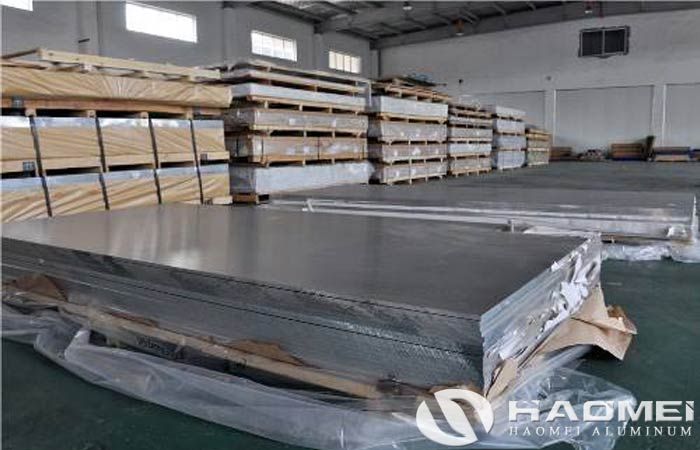
![]() Home > News
Home > News
Source:https://www.aircraft-aluminium.com/a/aluminum-alloys-used-in-aircraft-structures.html
Aluminum alloys used in aircraft structures are 2XXX series and 7XXX series high-strength aluminum alloys, which only have the advantages of low density, high elastic modulus, high specific strength and high specific modulus, but also have low fatigue crack growth rate, good high temperature and low temperature performance. Compared with composite materials, it also has irreplaceable advantages in impact resistance, plasticity and repairability.
Aluminum-lithium alloys are one of the most competitive materials in the design of modern aerospace equipment. Aluminum-lithium alloys have superior properties and are currently the most competitive advanced materials. The easiest way to reduce the quality of an alloy is to add light atomic weight elements to reduce the density of the alloy. Lithium is the lightest metal element discovered so far in the world, and the maximum solubility of lithium in aluminum is 4.2%. Preliminary research found that adding 1% Li to the aluminum alloy matrix can reduce the density of the alloy by 3% and increase the elastic modulus by 5% to 6%.

In the design and manufacture of new aircraft, light weight and weight reduction are often "calculated" in the aviation field. The use of aluminum-lithium alloy can reduce the quality of aircraft aluminum alloy parts by 14% to 30%. The flight cost will drop by more than 2.2%, so aluminum-lithium alloy is considered to be the most ideal material for aircraft structures.
Aluminum alloys used in aircraft structures have been developed to the third generation, and the fourth generation of high-performance alloys is under development. The research and development of aluminum-lithium alloys has roughly gone through 3 stages. The first generation is represented by 2020; Comprehensive performance, the newly developed and improved 1460, 2198, 2199, 2050 and other aluminum-lithium alloys are widely used in advanced large passenger aircraft and spacecraft. In order to meet the needs of the aerospace industry, the world's large aluminum companies and scientific research institutions have begun to develop the fourth-generation aluminum used in aircraft. Compared with the third-generation, the lithium content of the new-generation aluminum-lithium alloy will be reduced, while the strength, fracture The toughness has been improved, the elongation has been reduced, and other properties can still reach or even exceed the level of the third-generation aluminum-lithium alloy.
Compared with the second-generation aluminum-lithium alloy, the third-generation lithium aluminum alloys used in aircraft structures has the advantages of superior strength, toughness, and damage resistance compared with the traditional aluminum alloy. For example, the 2197 alloy has been maturely used in the rear fuselage bulkhead and other components of the F-16 fighter. This alloy is used to replace the 2124 alloy, which overcomes the defect of insufficient fatigue life and meets the requirements of 8,000 hours of service. It weighs 5% and increases fracture toughness by 7%.